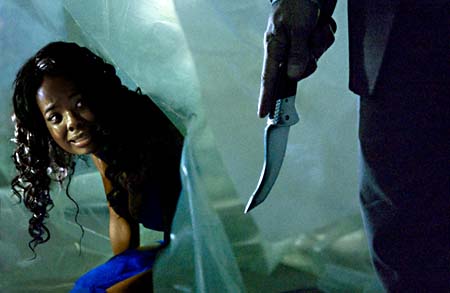
Together we were trying to find what our main character would look like so that it would give us a good idea of who we should cast for the role. This is our idea of what the character should look like. We also where trying to play around with the stereotypes e.g. we wernt going to cast someone with blonde hair because they would look to inocent. We will select our main character soon and all the information will go on our shot list.
![[andyblog.jpg]](https://blogger.googleusercontent.com/img/b/R29vZ2xl/AVvXsEiYU7wa5hwXvuA6Eb0vbq0Cp-c6wIE1PWQkNSKBXMqUwG5rMYcxRQNjOGOicER-ZdKJz_PH80B0TnkA1zMFmY6QPjt2q5QmS1kQV5fzQBbJCWRT_4yf0ax0ppqqwuHpqBpLE23-E_lMKE3b/s1600/andyblog.jpg)































